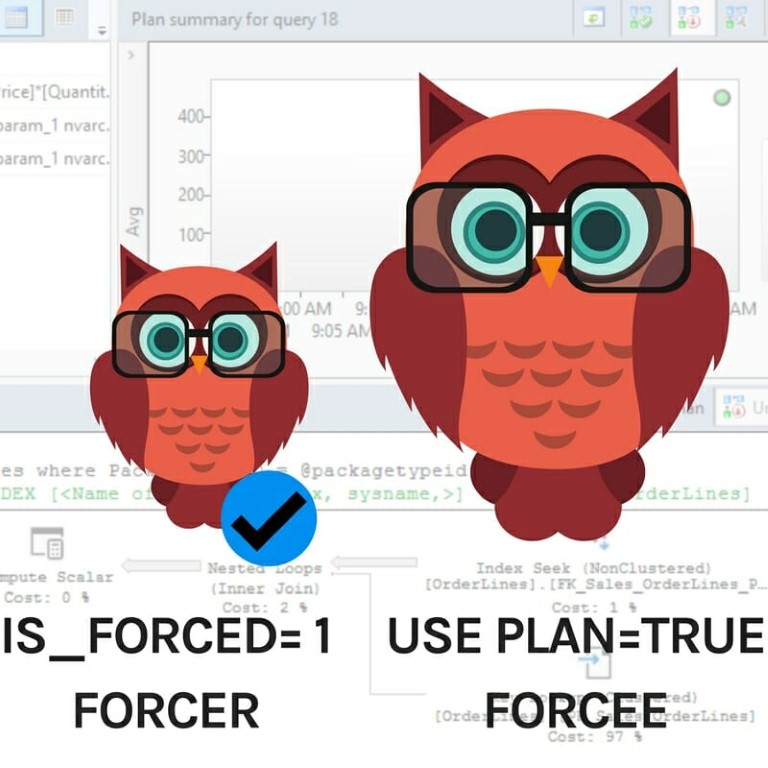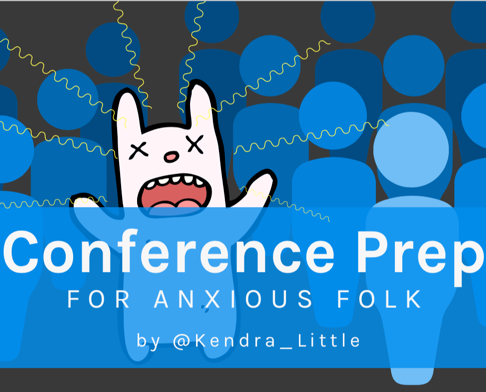New Free Posters & Desktop Backgrounds for Download
I love fun desktop wallpapers
You may have noticed that there’s something about cartoons combined with SQL Server that makes me happy. Having those images on my desktop inspires me and helps me feel creative. Work should involve fun.






